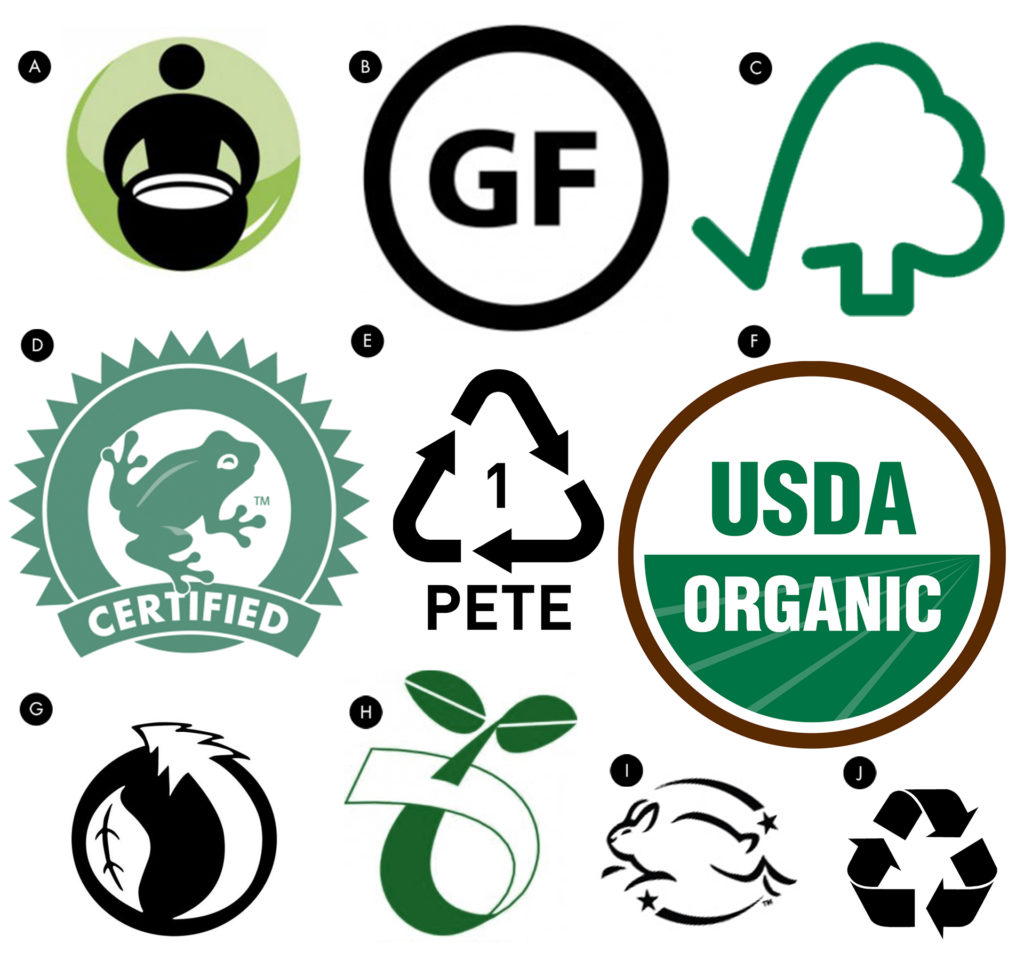Earth Day 2019
Have you done something nice for your planet today? It’s Earth Day.
Since the first Earth Day was celebrated in 1970, many positive environmental protection victories have occurred. We have phased out cancer-causing asbestos, took the lead out of gasoline, banned toxic DDT and PCBs, cleaned up waterways enough so that rivers don’t spontaneously burst into flames, made progress plugging the ozone hole, saved the bald eagle and the black-footed ferret from extinction, instituted measures to design “green” buildings, among other positive achievements.
Despite these noteworthy improvements, the earth is not in the clear. Human use of fossil fuels have largely caused carbon dioxide levels to rise by 46 percent in the last century. Higher atmospheric temperatures are causing the polar ice cap to melt and sea levels to rise. The earth’s glaciers are losing up to 390 billion tons of ice and snow a year. Nearly 100 billion plastic bags are used in America every year. The world’s scientists say that there is a 99.9999% chance that humans are the cause of climate change.
Many industry watchdog agencies are taking action and certifying products and companies that follow responsible environmental practices, acknowledged their efforts by giving them the right to display “seal of approval” labels on their products. Today there are literally hundreds of green product certification labels in the U.S. alone. This little quiz challenges your knowledge of a few of them.


